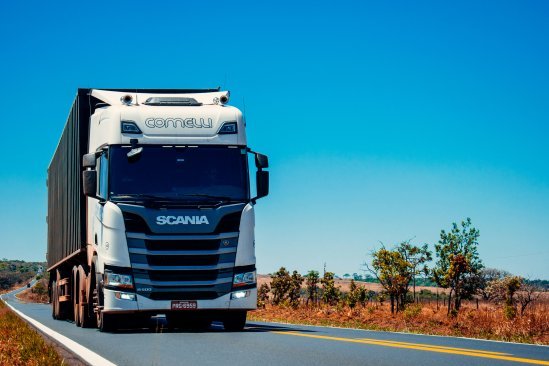When IT helps reduce the carbon footprint of urban logistics
30.11.2023
The decarbonization of society, a major planetary challenge for the coming years, involves all sectors, including transportation, which produces a significant proportion of CO2 - the greenhouse gas that contributes to global warming. Urban logistics is particularly concerned by this new challenge, and has access to new digital tools based on information technology (IT).
Measuring the impact of an activity on the environment via the GHG (greenhouse gas) emissions it generates, the carbon footprint is a global indicator listing, for the transport sector, the tons of GHG emitted:
- the production and processing of the fossil fuels (or other energy sources) needed to make the journey in question,
- the production, transformation and transport of the raw materials needed to manufacture the vehicle used to make the journey,
- consumption of the fuel (whether it powers an internal combustion engine or an electric motor) needed to make the journey.
It is possible to act on each of these parameters to reduce the total footprint. For example, the European Union has validated its goal of zero CO2 emissions for new cars and vans, with the end of combustion engines from 2035.

The IT solution for urban logistics
All logistics players are fully aware that urban logistics must act on its carbon footprint, and in particular on the issue of the last kilometer, which represents "20% of traffic, takes up 30% of road space and is responsible for 25% of greenhouse gas emissions" according to figures published by the Centre d'analyse stratégique*. In addition to legislative land-use planning tools (ZAN, ZFE, SRU, etc.), new levers are available to reduce the impact of logistics flows on day-to-day life: data (in particular knowledge of logistics flows), artificial intelligence and the overall use of information technologies (IT) are the levers to be used.
In the case of the development of a new urban district, or the integration of a major mobility line, all stakeholders need to be perfectly synchronized, through a "conductor".
With this in mind, Mobility by Colas has developed the QIEVO approach. Designed to optimize mobility in exceptional situations (major urban construction sites, etc.), it enables the regulation of last-mile logistics flows, delivery driver guidance and shared parking for site workers to be organized by means of centralized planning to promote "just-in-time" delivery. QIEVO promotes secure, peaceful logistics by organizing multi-site management, thereby reducing the amount of traffic and parking for construction trucks on public property, and preserving the quality of life of local residents as much as possible.
Recently, Mobility by Colas developed its new QIEVO.LU project, a tool based on the principles of the QIEVO tool. QIEVO.LU is a collective delivery management tool that takes into account the constraints of retailers.
QIEVO thus encourages the ecological and energy transition by improving air quality and reducing the carbon footprint of urban logistics.
*Sources: Analysis note n°274, 2012.


